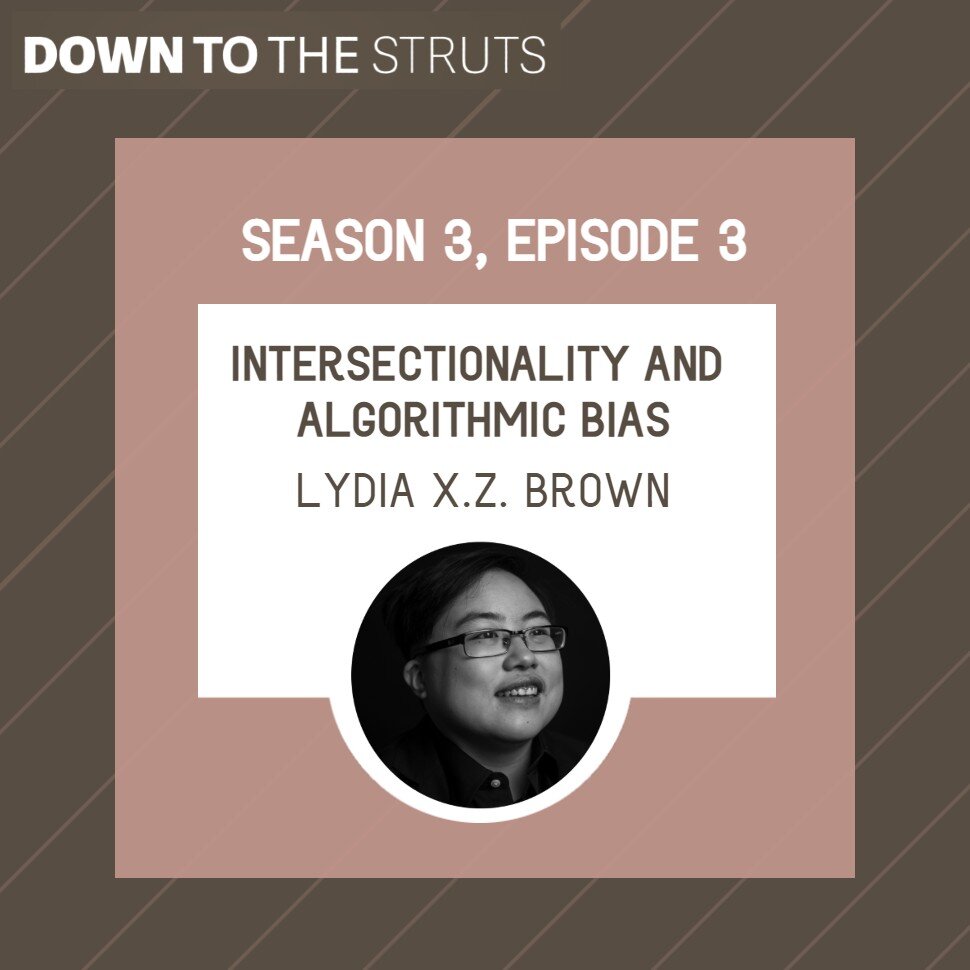Intersectionality and Algorithmic Bias
Algorithmic machine learning is everywhere, from resume scanning software to advertisements on social media. But the discrimination inherently programmed into these algorithms can have real consequences for marginalized groups, including people of color and disabled people. In this episode, advocate, educator and attorney Lydia X.Z. Brown tells Qudsiya about their work to help more people understand and combat these threats. Lydia and Qudsiya also explore the definition of intersectionality, and its relevance when combating algorithmic discrimination.
Click here to learn more about how you can support the podcast.
Mentioned in the episode:
Guest
Lydia X. Z. Brown is an advocate, educator, and attorney addressing state and interpersonal violence targeting disabled people living at the intersections of race, class, gender, sexuality, faith, language, and nation. Lydia is Policy Counsel for Privacy & Data at the Center for Democracy & Technology, focused on algorithmic discrimination and disability, as well as Director of Policy, Advocacy, & External Affairs at the Autistic Women & Nonbinary Network. They are founding director of the Fund for Community Reparations for Autistic People of Color’s Interdependence, Survival, & Empowerment.
Lydia is adjunct lecturer/core faculty in Georgetown University’s Disability Studies Program, and adjunct professorial lecturer in American Studies at American University’s Department of Critical Race, Gender, & Culture Studies. Lydia is currently creating their own tarot deck, Disability Justice Wisdom Tarot. Often, their most important work has no title, job description, or funding, and probably never will.
